Race-related discussions must be reframed to include Asian American community
Midway Staff
Asian Americans deserve to feel seen in the community and not overlooked as valid people of color.
February 20, 2023
As the Supreme Court weighs the future of affirmative action in Students for Fair Admission vs. Harvard, the Asian American community is again at the center of a nationwide debate about race and is being pitted — or pitting themselves against — Black, Latinx and Indigenous communities. According to a report from Asian American Advancing Justice, 69% of Asian Americans stand by affirmative action. However, a vocal 31% are pushing back against race-conscious admissions, claiming the internalization of the Model Minority Myth, a myth rooted in white supremacy and the perception that Asian American people are successful because they’re quiet and hardworking.
While we await the court’s decision, we must reframe our thinking around Asian Americans regarding the multifaceted definition of people of color. I was a sophomore the first time I was asked if I consider myself a person of color. While asked out of genuine curiosity, I was surprised with the question, for I identify as Asian American. To me, being Asian — not white — made me a person of color. Then, I questioned if I’m really a person of color, for I haven’t faced the same systems of oppression as some other communities of color do.
The issue of Asian American people being overlooked as people of color, due to their generalized social, economic and educational success, sometimes penetrates into our Lab community’s bubble as well. Asian American people cannot and should not be viewed only as allies to people of color in spaces for diversity, equity and inclusion. While all students of color deserve to feel seen and empowered within our community, we cannot leave the Asian American community behind in our mission to achieve racial and ethnic inclusion.
The Asian American community has long been seen as the “model minority.” Since the ’40s, this myth about Asian Americans’ collective success has been used as a racial wedge and condenses the diverse Asian experiences into a single narrative of success. Within this myth is the inherent implication that despite the racial adversity and sometimes belligerent racism Asian Americans face, they’re still overlooked as valid people of color.
Between March 2021 and March 2022, 11,400 incidents of anti-Asian hate were reported across the United States, according to Stop AAPI Hate, a coalition that tracks and advocates for combating hate incidents. It is undeniable that some power structures that lead to the oppression of other people of color, such as in anti-Black racism, have deeper and more extensive roots than anti-Asian racism. However, it’s still our school community’s duty to support and include all ethnic and racial identities when addressing diversity and inclusion. By supporting student-run clubs, such as Asian Students’ Association, and actively uplifting the Asian American community’s voices in assemblies and DEI-related communications, we will begin to mitigate the effects of the Model Minority Myth and general lack of knowledge around Asian and Asian American culture.
Within the Laboratory Schools, 19% of students identified as Asian American in the 2021-22 school year. The Asian American community is only one of many communities of color in our school, and community members collectively hold a responsibility to support all our identities in being heard and empowered. This school year is the first time Asian American history is required in Illinois public school curriculums. In recent years, U-High has expanded their history course offerings, most recently adding Worlds of Asia, 20th century Latin American history and AT Latinx history in 2022. Even though the Asian American community also needs to be allies to other communities of color, overlooking them in conversations and movements around inclusion and diversity perpetuates the model minority myth and minimizes the racism this community faces.
Moving forward in our inclusion-centered conversations, please remember to include and represent your Asian American students when planning wide-ranging DEI programming and communications for the coming year. We deserve to be equally seen, heard and uplifted in this collective movement.
Key events in Asian American perception:
The Asian American population is the fastest-growing racial and ethnic group in the United States, with over 24 million Americans tracing their roots across 20 different east and southeast Asian and Indian subcontinent. For many growing up in the United States, identifying as “Asian” comes with expectations about one’s characteristics, appearance and more — all deriving from the historical American perception of Asian immigration and culture.
Chinese Exclusion Act (1882-1892):
The first and only U.S. immigration law to ban immigration solely based on race lasted for 10 years. With an increase in need for railroad labor, Chinese workers immigrated to the United States. The exclusion act was passed in 1882, claiming that immigrating Chinese laborers were taking American jobs.
Attack on Pearl Harbor and Japanese internment (1942):
During the war, the United States government excluded and separated Japanese people into specific camps and disposed of their assets. This followed the attack on Pearl Harbor and concerns of national security.
Vietnam War (1955-1975):
The Vietnam War was highly unpopular and polarized in the United States and led to attacks on all diasporas of the Asian community. The narrative of lumping all Asian people together as Vietnamese and expression of epithets increased the prevalence of existing Asian stereotypes.
COVID-19 Pandemic (2020-Today):
The COVID-19 virus was first discovered in Wuhan, China and prompted false suspicion of the Chinese government manufacturing the virus in a lab. As a result of misinformation and the origins of the virus, Chinese American people have been attacked and blamed for the pandemic.



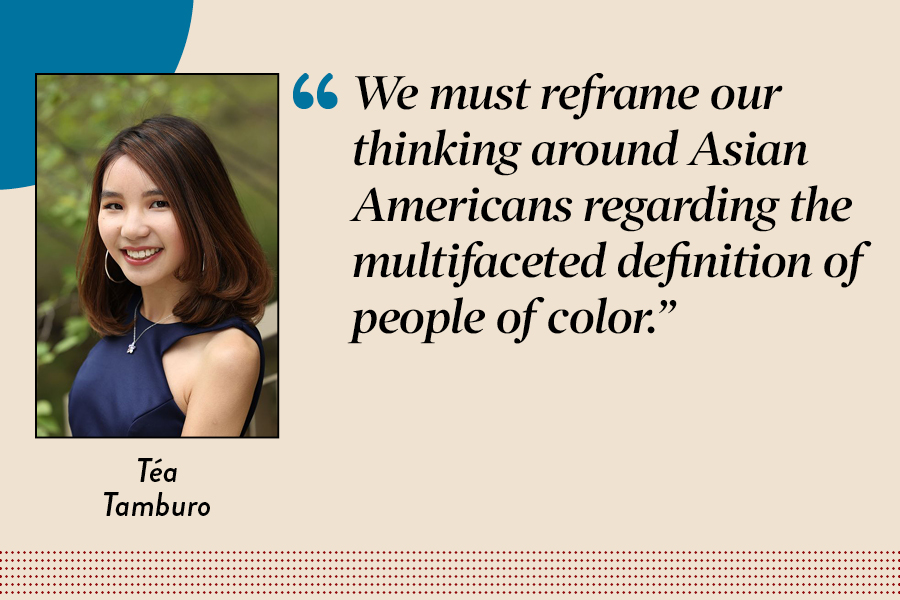
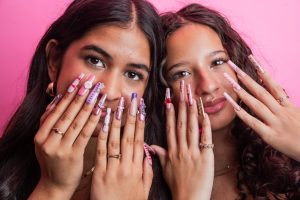
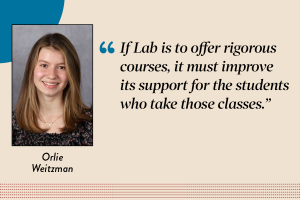

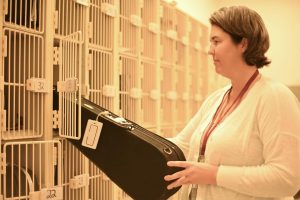
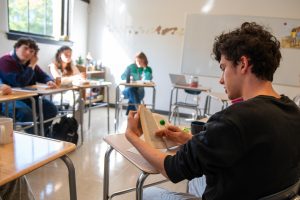
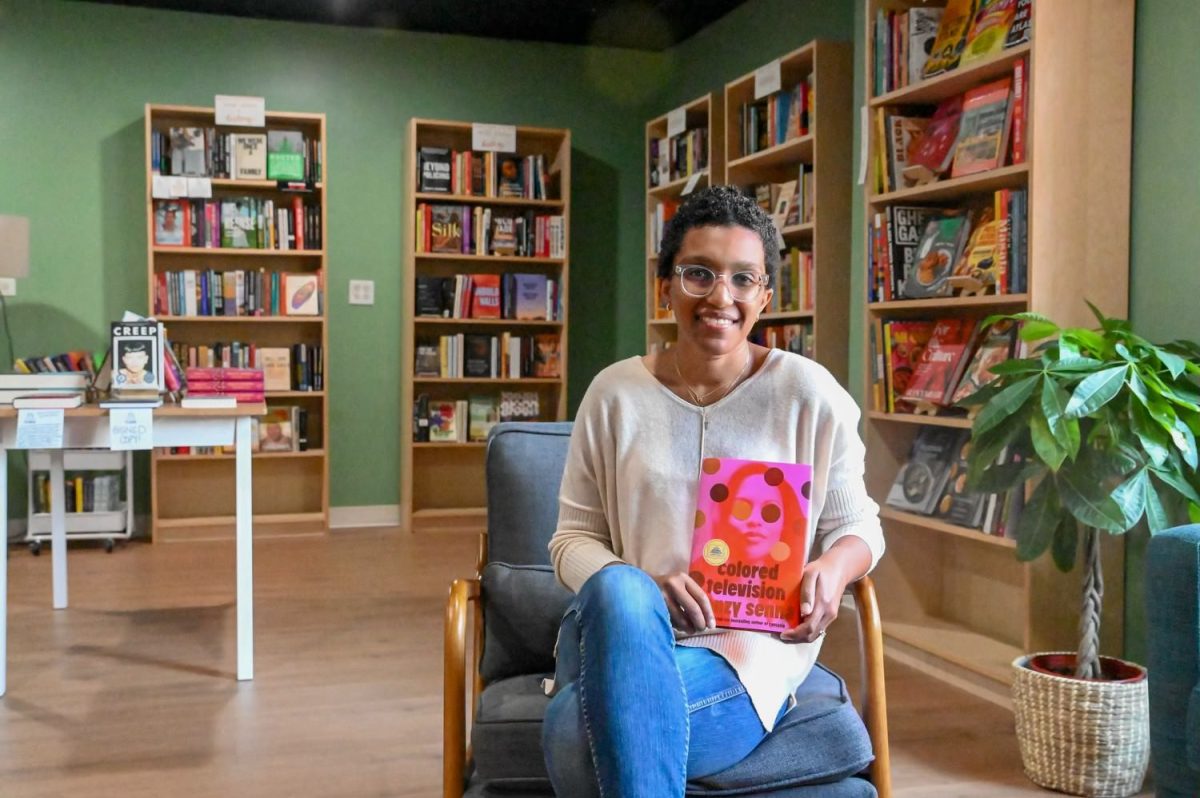
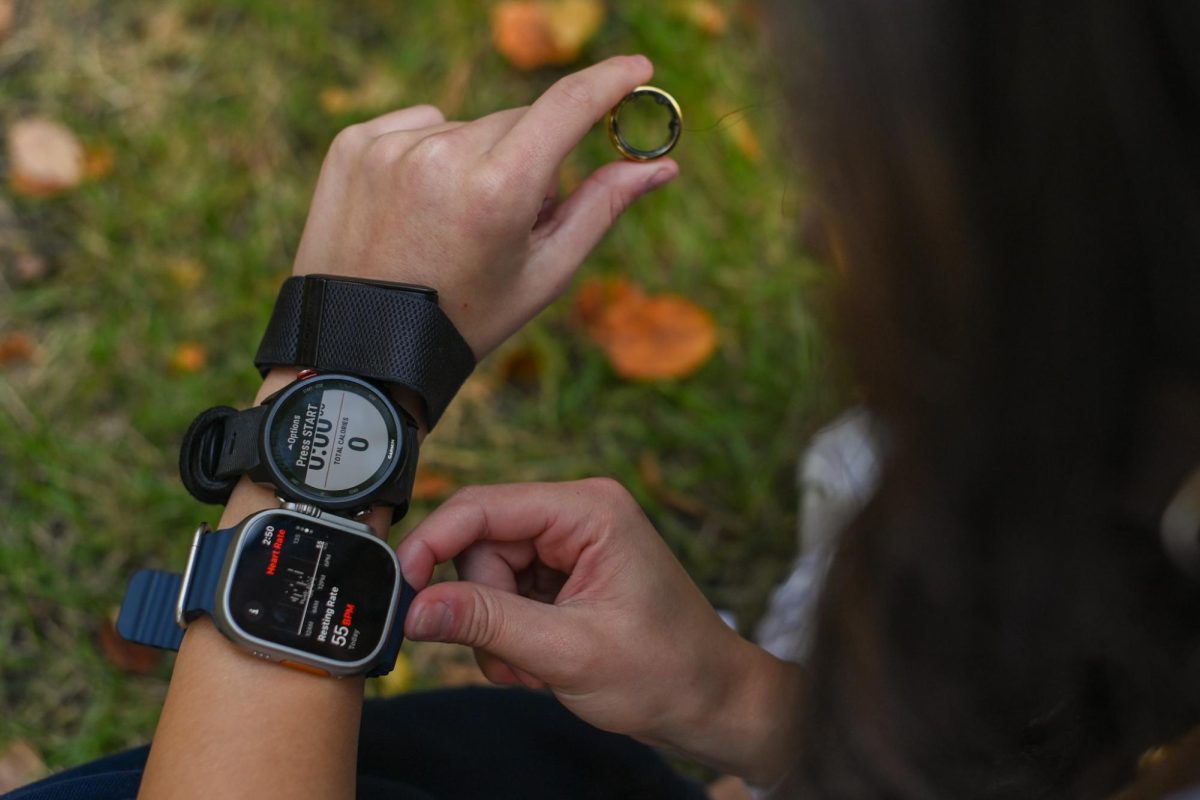
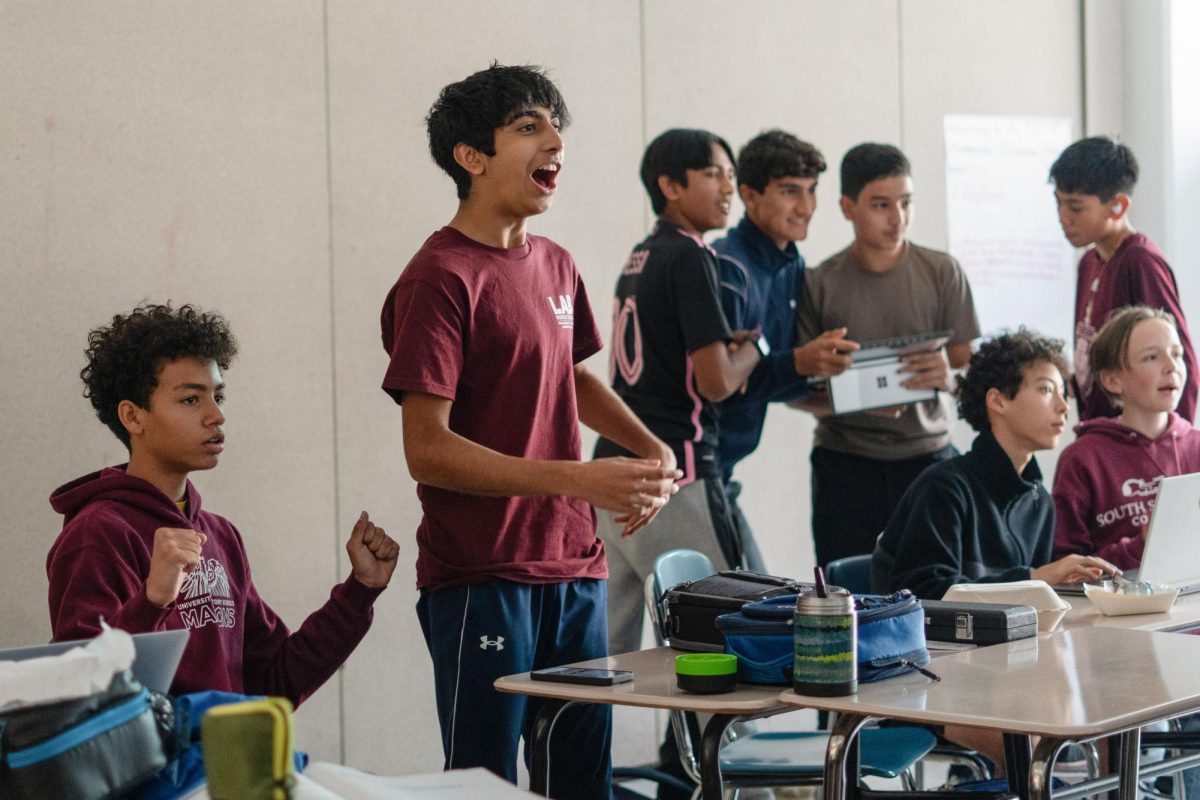

Christy Gerst, Chair History • Feb 22, 2023 at 7:51 pm
For students enrolling in courses currently, please see the Program of Studies. Quoting directly from the Worlds of Asia description, “we will seek to understand the simultaneous growth of Asian diasporas across the world, with a particular focus on the Asian American experience.” This is critically important as Asian experiences in modern global history created the conditions that in turn propelled the creation of Asian American diasporas across the Americas, including Latin America, the United States and Canada. Therefore, please consider enrolling in this course during your selection decisions this month.